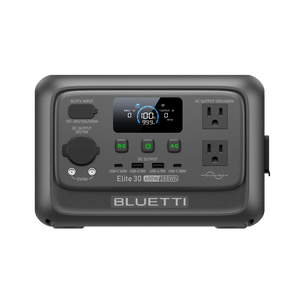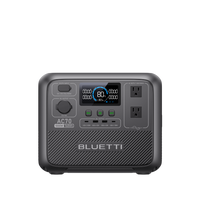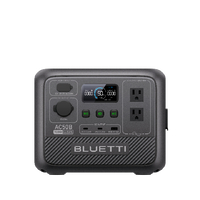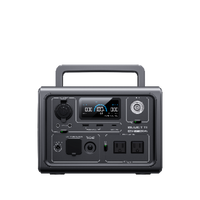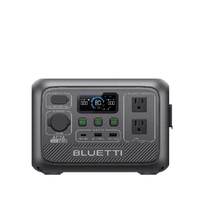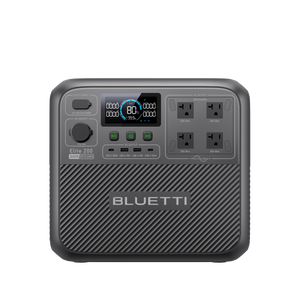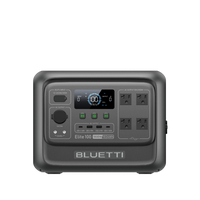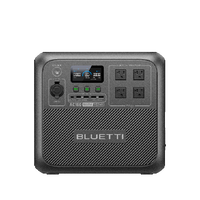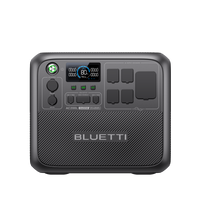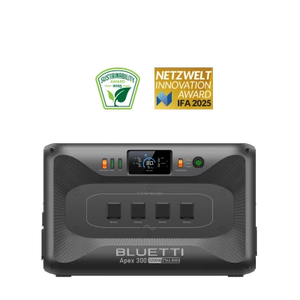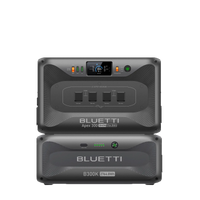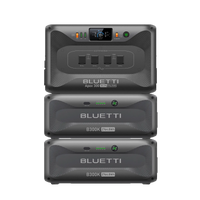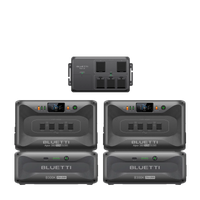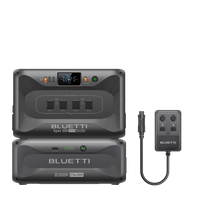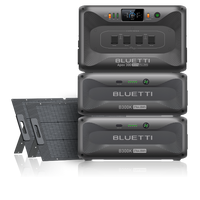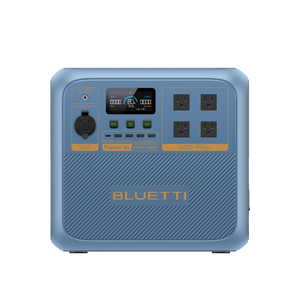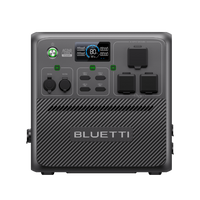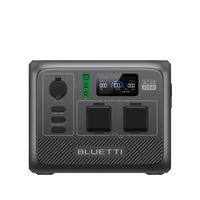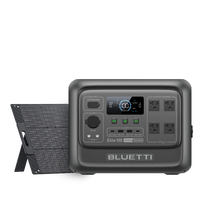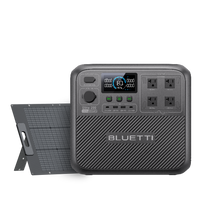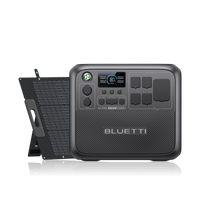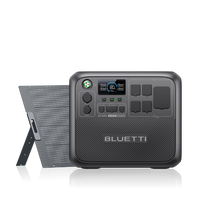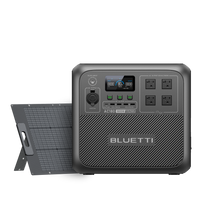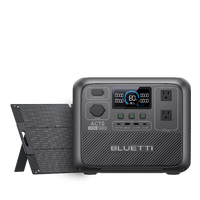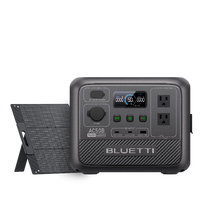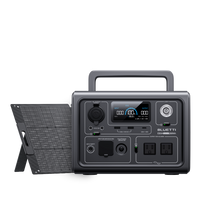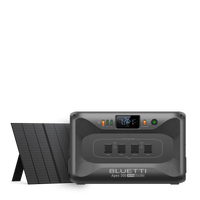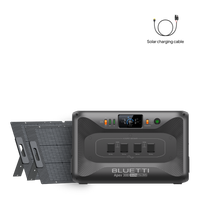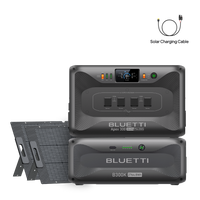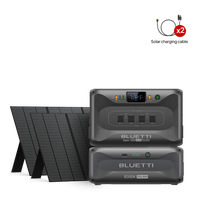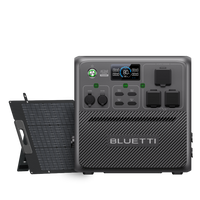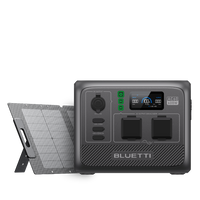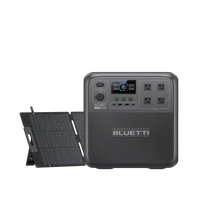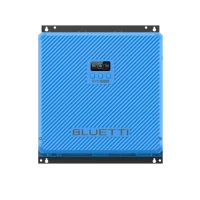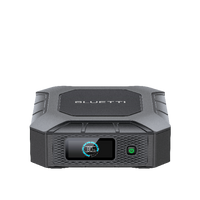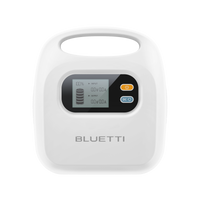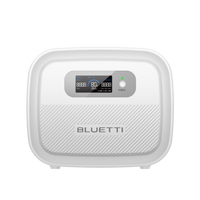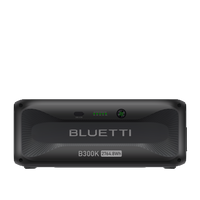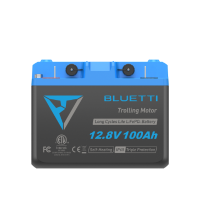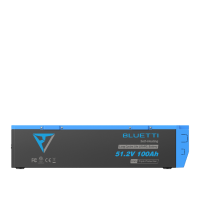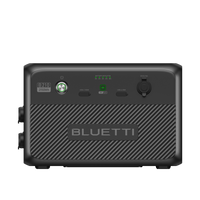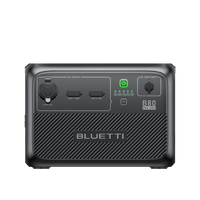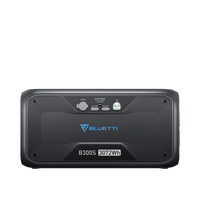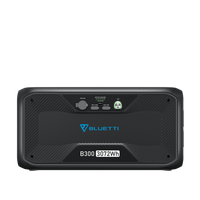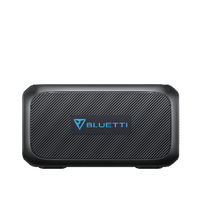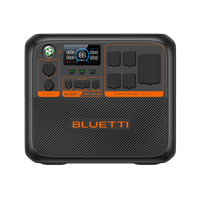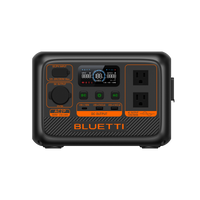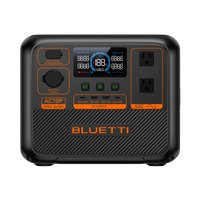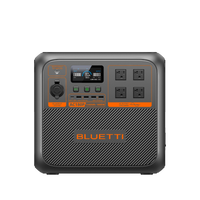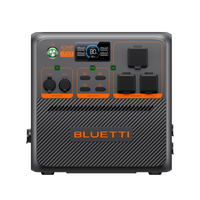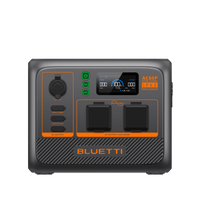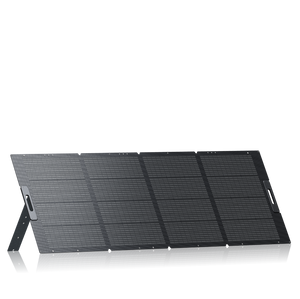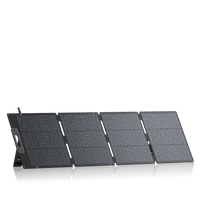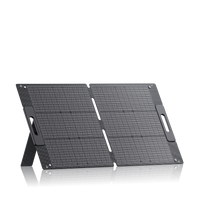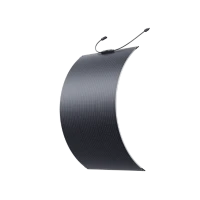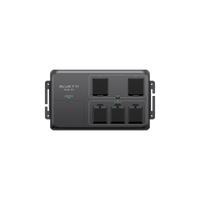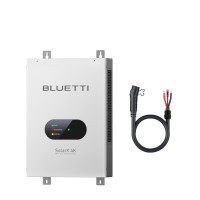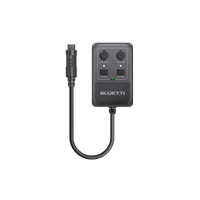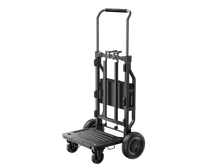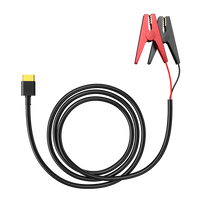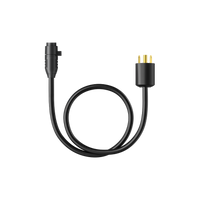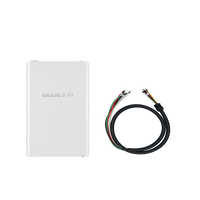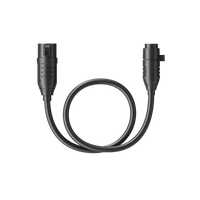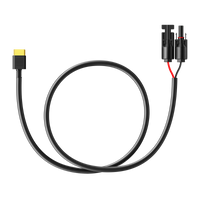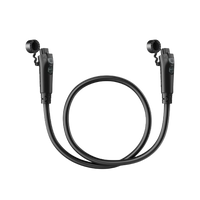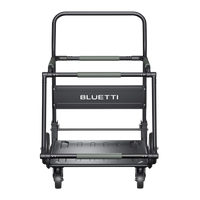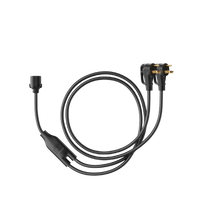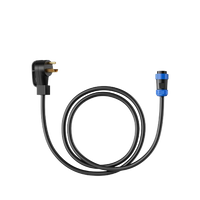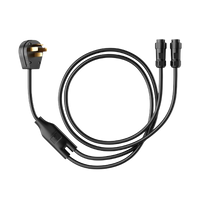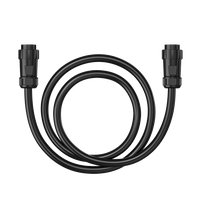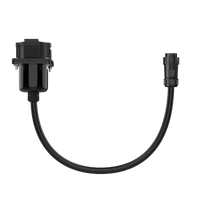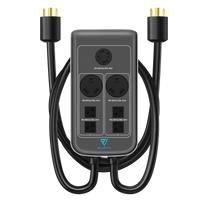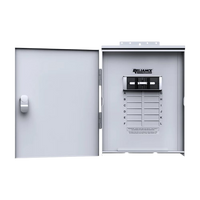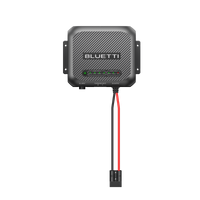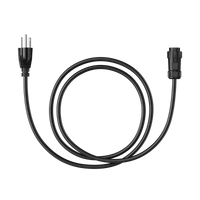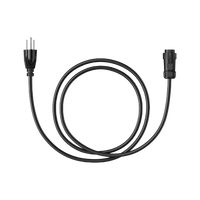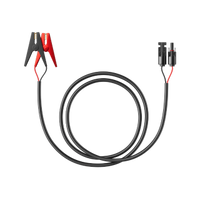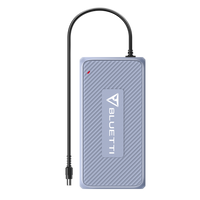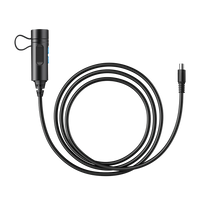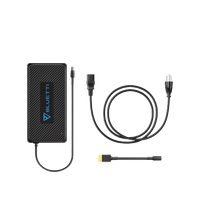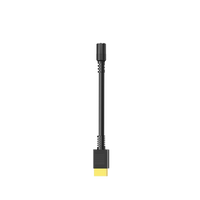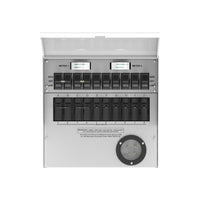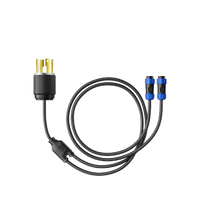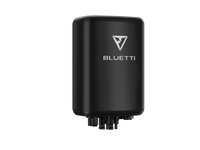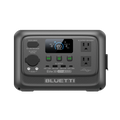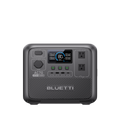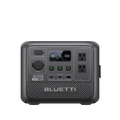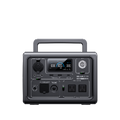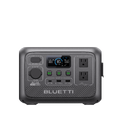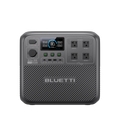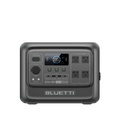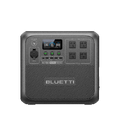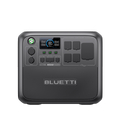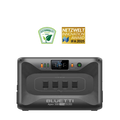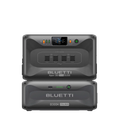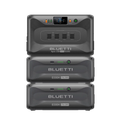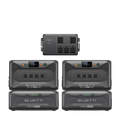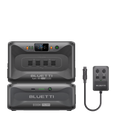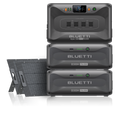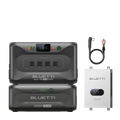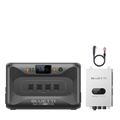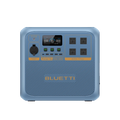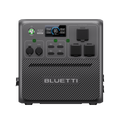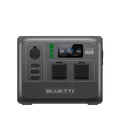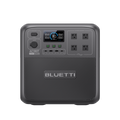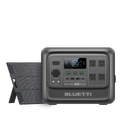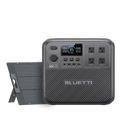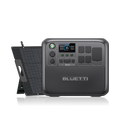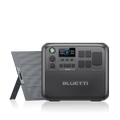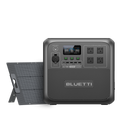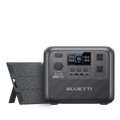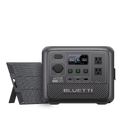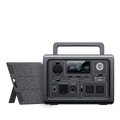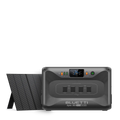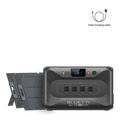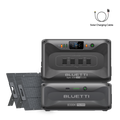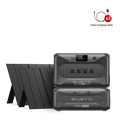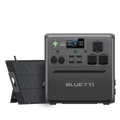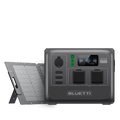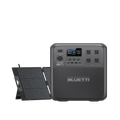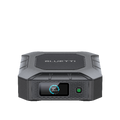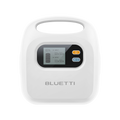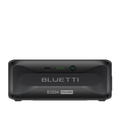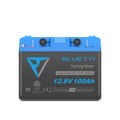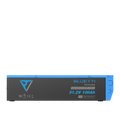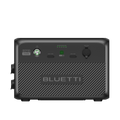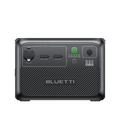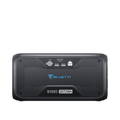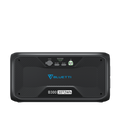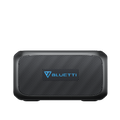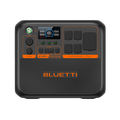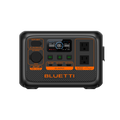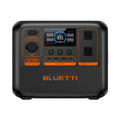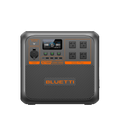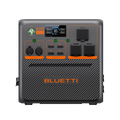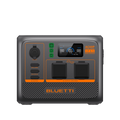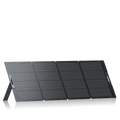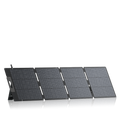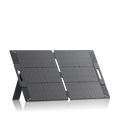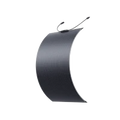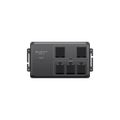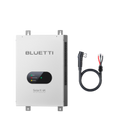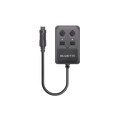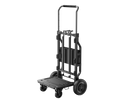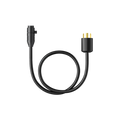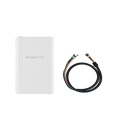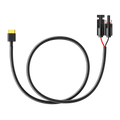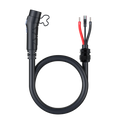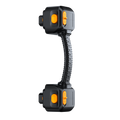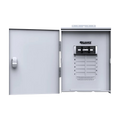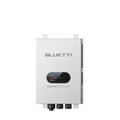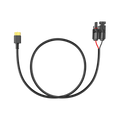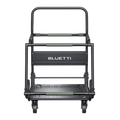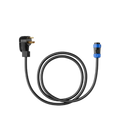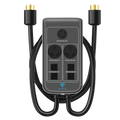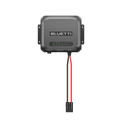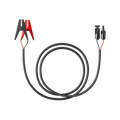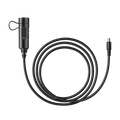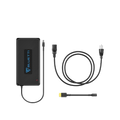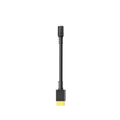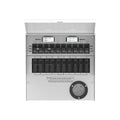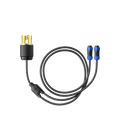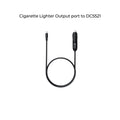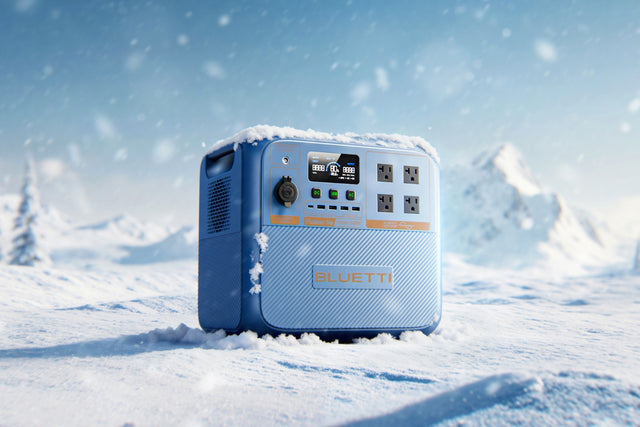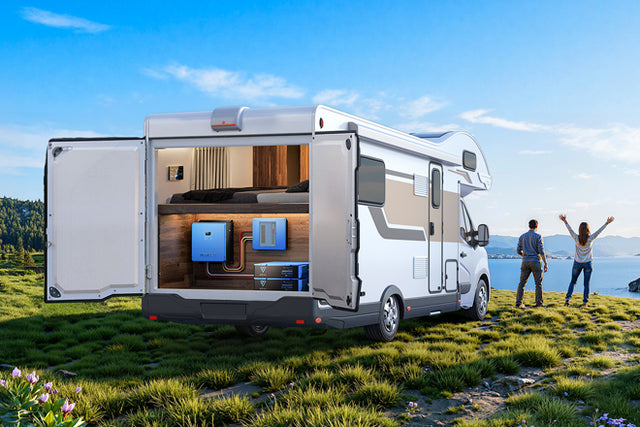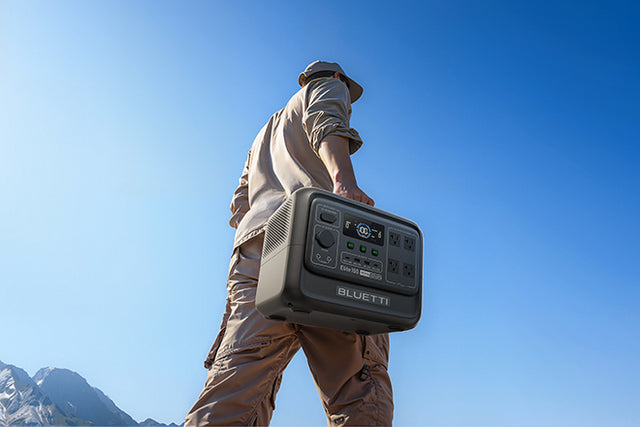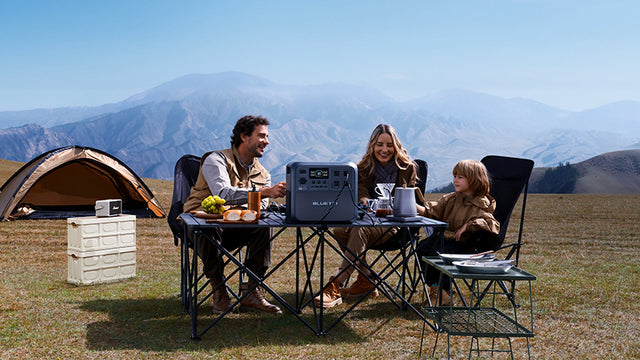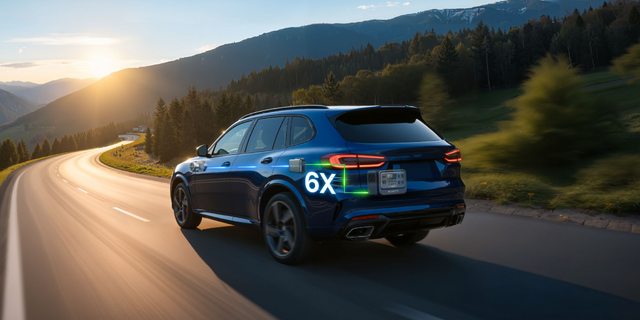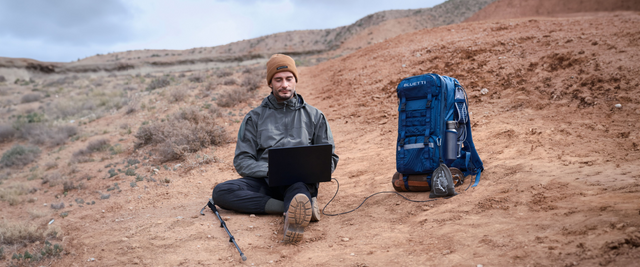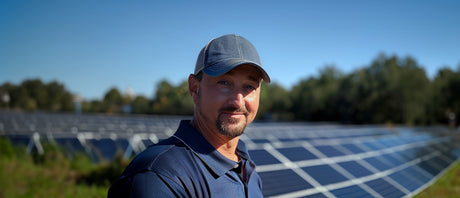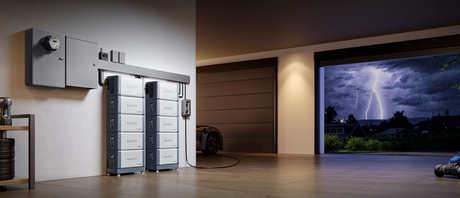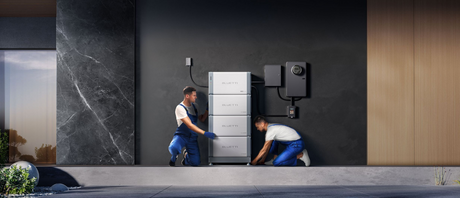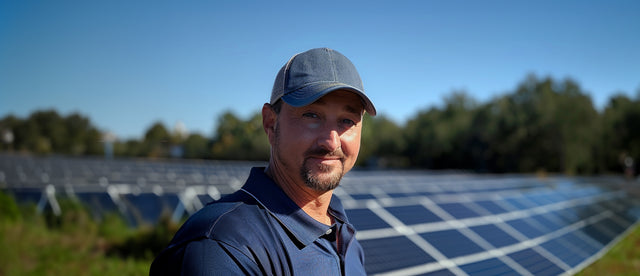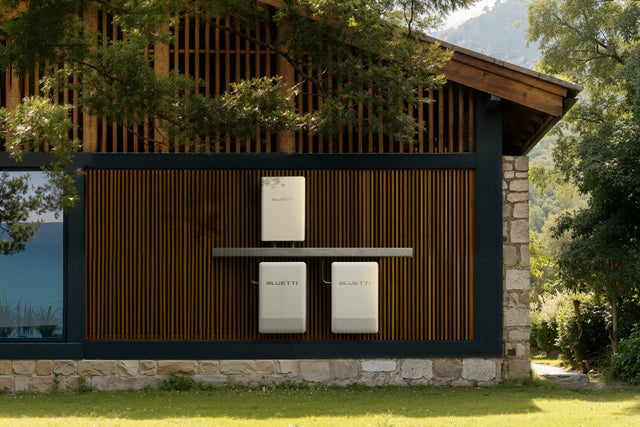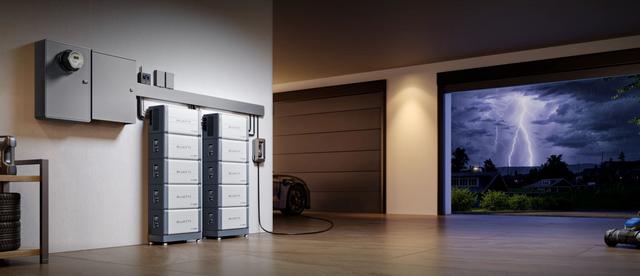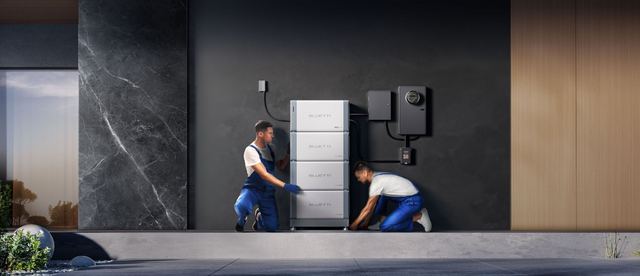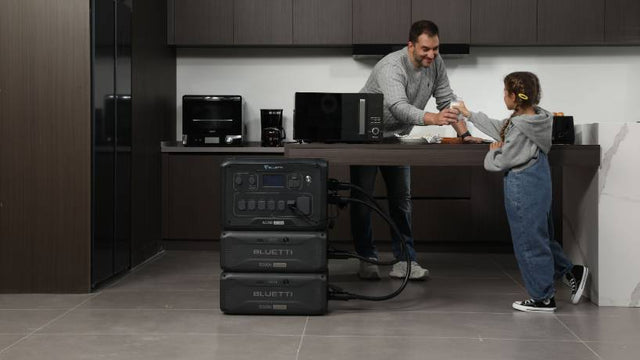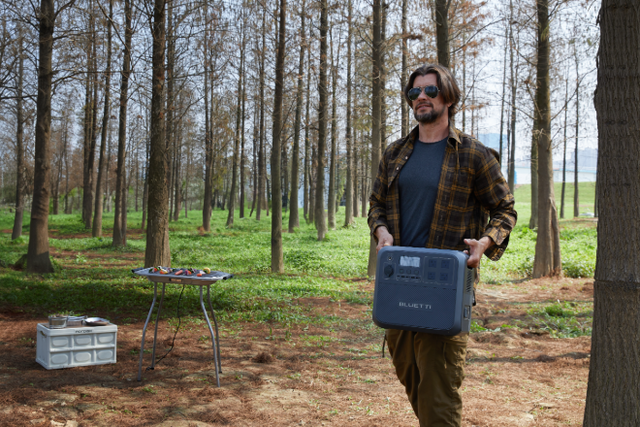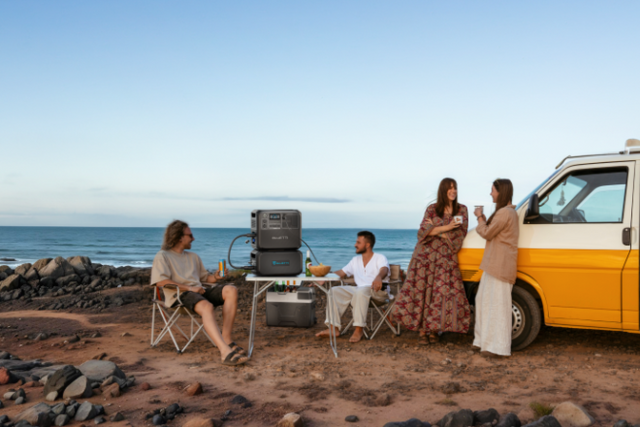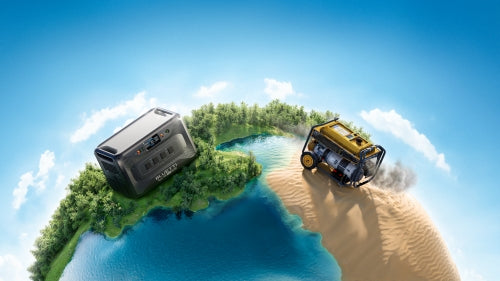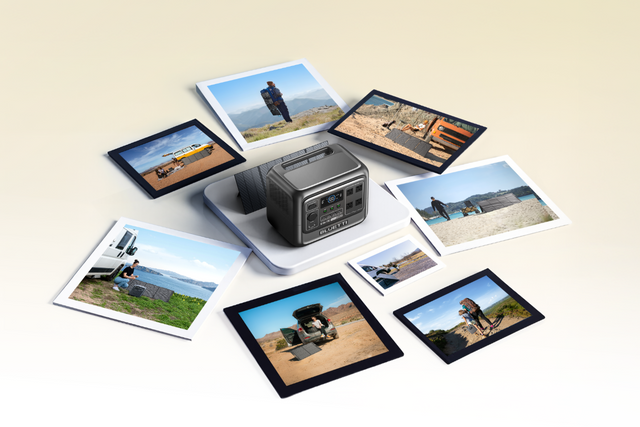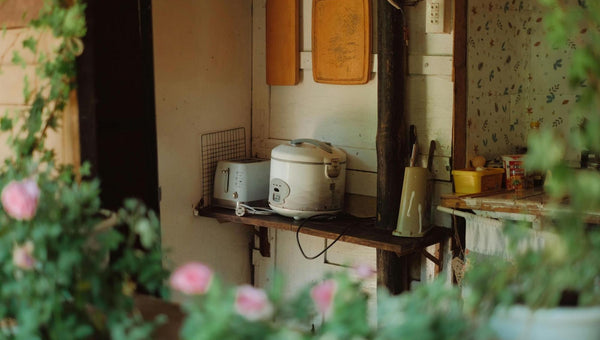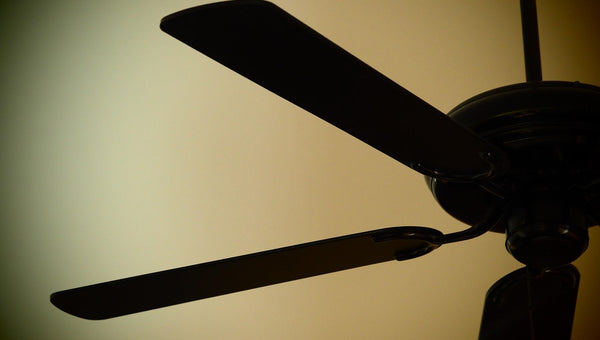Your cart is empty
Shop our productsIt's funny how kitchen gadgets sneak their way into conversations about electricity. The fridge and the oven, sure, those are obvious power-hungry appliances. But the Instant Pot? People buy it for convenience, for fast weeknight dinners, or because it turns rice and beans into something decent without babysitting the stove. Then someone takes it camping, or plugs it into a small generator during an outage, and suddenly the question pops up: What's the wattage of an Instant Pot? Or how many watts does an Instant Pot use if I run it every other night for dinner?
Those questions have become a lot more common, partly because energy costs have increased, and partly because off-grid setups like RVs with solar and battery stations are becoming more popular. You don't just care about what something does anymore; you care about what it draws. That's where this guide comes in handy.
First, what is Instant Pot wattage, really?
Wattage is just power draw. Flip the switch, the appliance wakes up, the element heats, the motor spins, and you've got numbers on a meter. An Instant Pot isn't a single-purpose machine. It's a multi-cooker: pressure cooking, slow cooking, sautéing, steaming, and even yogurt-making in some models. Each of those modes uses the heating element differently. So instead of a fixed wattage, you get a range.
When people say "my Instant Pot is 1,000 watts," they're usually talking about the maximum draw when the heating element is on full blast. In sauté mode, that might be the constant reality. In slow cook mode, the draw cycles on and off, averaging way lower. During "keep warm," you're barely using 50-100 watts.
That's the first important thing to understand: the wattage of an Instant Pot is not one neat number; it's a set of behaviors depending on how you cook.
Average wattage by model size
The Instant Pot comes in a few core sizes, and the wattage scales with capacity.
- 3-quart models: These are the little guys, good for singles or RV kitchens. They tend to draw around 700 watts at full power. They're actually pretty friendly to small inverters and portable power stations because the startup surge isn't as brutal.
- 6-quart models: This is the standard "Duo" or "Lux" size most people own. Their heating elements are typically rated 1,000 to 1,200 watts. Real-world draw while pressure cooking lands right in that window.
- 8-quart models: The family size. These machines draw more: usually 1,200 to 1,400 watts when the element is on. This is where people run into trouble with smaller backup systems, because the draw is creeping close to what a basic 15-amp household circuit allows when combined with other loads.
If you run a full pressure cook cycle on a 6-quart Duo, you'll use somewhere between half a kilowatt-hour and one and a half, depending on what's inside and how long it takes to pressurize. A soup that cooks for 15 minutes will use less than a hefty roast that takes a full hour to tenderize.
So when you ask, How many watts does an Instant Pot use?, you have to narrow it down: which model, which mode, and for how long.

Factors that influence the wattage
The Instant Pot is kind of like a person on a treadmill. Same body, different behavior depending on pace, incline, and duration. A few factors shift the wattage:
- Cooking mode: Pressure cooking runs the element hard until the pot reaches pressure, then cycles lightly to maintain. Sauté mode is like a stove burner, where it runs near max the whole time. But it's usually short—5-15 minutes to brown onions or sear meat, not the full meal. Save it for prep; over-relying spikes your bill unnecessarily. Slow cook mode is much lighter, cycling around 200 to 400 watts. It toggles between low and high, averaging 300W based on settings—think half the energy of pressure mode for overnight chili. Keep-warm is barely noticeable, 50 to 100 watts.
- Size of the pot: Bigger pots need bigger elements, so an 8-quart will always draw more than a 3-quart given the same mode.
- Food volume and starting temp: Cold food takes more energy. Frozen chicken versus thawed makes a difference.
- Runtime: Half an hour of pressure cooking at 1,000 watts is about half a kilowatt-hour. An hour and a half might be closer to 1.5.
- Newer models: Each generation seems to tweak efficiency. Some of the smart models modulate power better than the early ones, so you don't see as many wild swings.
In short, it's not a flat appliance like a toaster that's always 1,200 watts for however long it's on. It's dynamic. Which is good for saving energy, but confusing when you're trying to plan a backup system.

Cost to operate at home
For most people on the grid, the real question is money. The cost math is straightforward.
Say you're using about 1 kWh per meal. At the national average of $0.15/kWh, that's fifteen cents. Cook twenty times in a month and you've added about three dollars to your bill. If you cook heavier meals and pull 1.5 kWh each time, that's $4.50. Even if you double it, you're still in single digits.
Compare that to running an oven. Electric ovens are usually 2,000 to 5,000 watts, depending on temp and cycle. A one-hour bake can cost you 40 to 75 cents. Do that multiple times a week, and the Instant Pot looks like a bargain.
Stovetops can be similar: 1,800-watt burners running an hour are again in that 25–30 cent range, but you usually have more than one on. Gas has its own math. The point here is that Instant Pots sit in the efficient camp, especially when you think about the whole meal. It's the pot, the pressure, and the insulation all working to save runtime.

Off-grid and RV use
This is where the wattage question gets real. If you're on the grid, fifteen cents doesn't change your life. If you're in an RV with a 2,000-watt inverter and a 100-amp-hour battery, it matters.
A standard 6-quart Instant Pot drawing 1,000 watts for an hour needs 1,000 Wh of energy. That's basically your whole 100 Ah 12V battery. Factor in inverter losses, and you're draining it in one meal. If you've got solar recharging, it's manageable, but you'll be running panels at full tilt to keep up.
The surge question matters too. Instant Pots aren't as surge-hungry as compressors, but they can spike near their rated max at startup. A small 600-watt inverter won't cut it. You want 1,500 to 2,000 watts of headroom, even for a 6-quart, to be safe.
People in RV forums talk about how to plan around this: cook in the afternoon when panels are live, store the food in thermal containers, then reheat gently at night. Or batch-cook with the Instant Pot once, then eat leftovers cold or with minimal reheating. It's a balance.
This is where portable power stations come in handy. The Elite 100 V2 portable power station can handle smaller Instant Pots for a session without strain. For longer or heavier runs, especially with the 8-quart models, the Apex 300 home backup power gives you the surge and the capacity to cook without sweating the numbers. Think of it as the difference between running a pot once or planning your meals around it.
Energy efficiency tips for the Instant Pot
Some habits make a difference if you're watching watts closely:
- Shorter cycles: You don't need a full 45 minutes for everything. Many foods are done sooner, and every saved minute is saved watt-hours. Opt for natural release over quick: It lets pressure drop passively. Quick for speed, natural for efficiency on soups or roasts.
- Batch cooking: If you're firing it up, make enough for two meals. Heating once, eating twice.
- Don't overfill: Overfilling forces longer pressurization and can stress the element. Follow the max line.
- Use the glass lid for non-pressure modes: It traps heat better than the standard lid, meaning less cycling.
- Keep it clean: A clogged steam release or dirty heating element cover can waste energy in small but real ways.
These aren't dramatic, but together they make a difference
Comparing the Instant Pot to hand cooking
It's worth noting that Instant Pots aren't just convenient; they're often more efficient than cooking the same meal on the stove. Think about boiling beans. On the stove, you might simmer for two hours, using a 1,500-watt burner. That's 3 kWh. In the Instant Pot, you might pressure cook for 30 minutes, using 1 kWh. Same beans, one-third the energy.
There's a reason RVers and off-grid folks sing their praises. Patterns vary by cuisine, too—quick Indian curries vs. long Italian braises shift totals. Adapt modes to your menu for max savings. It's not just convenience; it's conservation.

A couple of situational notes that always come up
One time in a small cabin setup, a friend tried to run an 8-quart Instant Pot on a 1,000-watt inverter. It failed almost immediately. The surge killed the inverter, even though the continuous draw on paper should have been "close enough." Lesson learned: never size exactly to the rating. Always give 25–50% headroom.
Another case: someone in an RV with 200 Ah of lithium batteries ran a 6-quart Duo every other day for dinner. They found the battery dropped about 10–15% each use, but with 400W of solar, they recharged by mid-day. It worked smoothly once they built the habit of cooking when the sun was high. At night, they just reheated food on a propane stove. That kind of real-world pattern tells you more than spec sheets do.
Conclusion: where Instant Pot wattage fits into your life
So, to circle back, the wattage of an Instant Pot depends on size and mode. Small ones pull 600 to 700 watts, standard six-quarts 1,000 to 1,200, big eight-quarts 1,200 to 1,400. Real-world use lands around 0.5 to 1.5 kWh per meal. On the grid, that's pennies. Off the grid, that's a chunk of your daily budget.
For most households, it's an efficient way to cook. For RVs and cabins, it's manageable with planning and the right equipment. For anyone curious, it's proof that modern kitchen gadgets can play nice with both convenience and conservation.
And if you're in the camp that wants to cook anywhere without guessing if the breaker will pop, that's where gear like the Elite 100 V2 portable power station or the Apex 300 home backup power earns its keep. They turn "I hope this works" into "I know I can cook dinner tonight."
At the end of the day, the Instant Pot is less about watts and more about meals. But knowing the watts means you don't get surprised when the lights flicker or the battery drains. That's worth the fifteen minutes it takes to check the label and maybe the peace of mind of having a backup station ready if you plan to take it on the road.
Shop products from this article
Be the First to Know
You May Also Like

